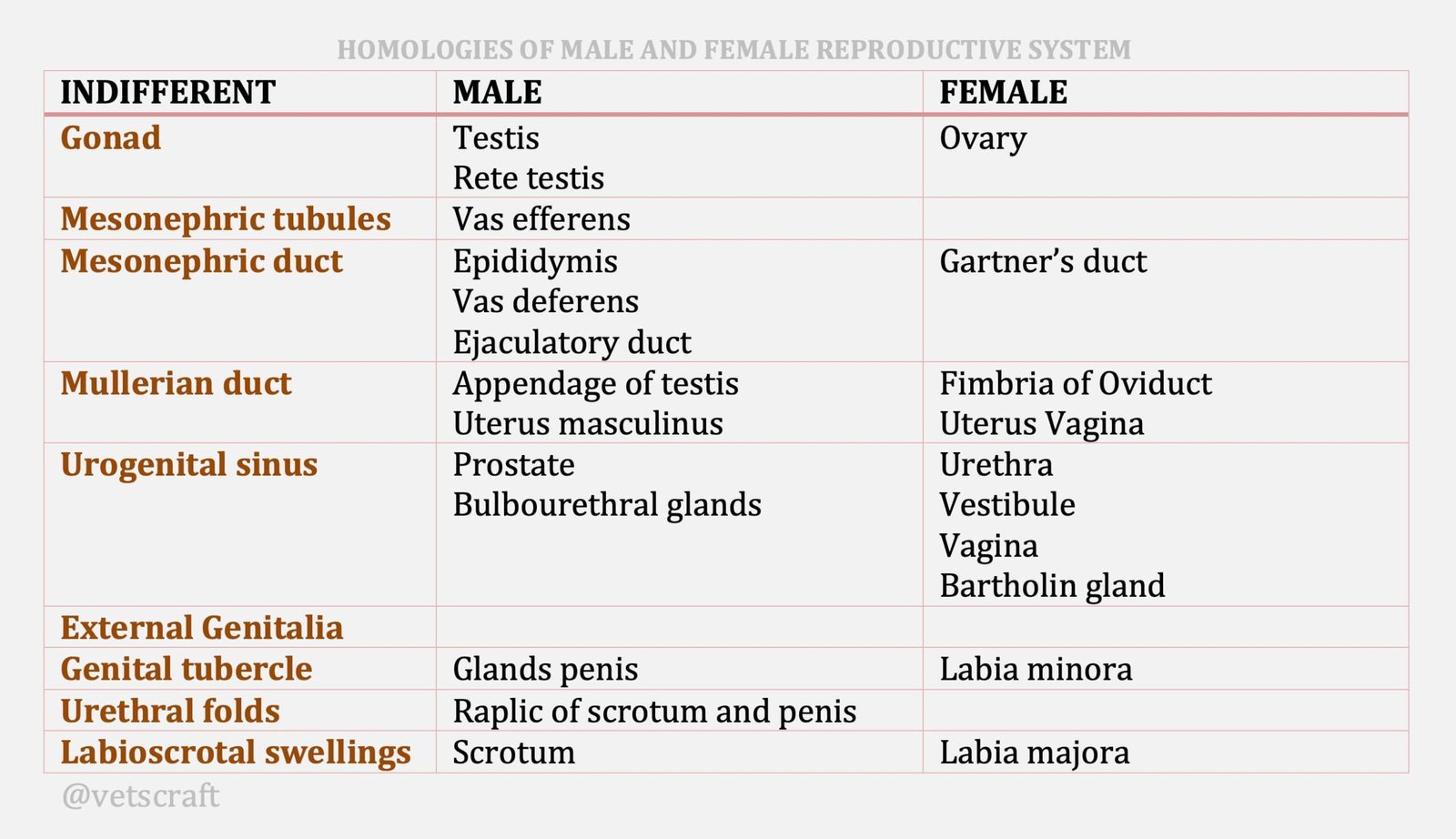TABLE OF CONTENTS
Maternal Recognition of Pregnancy (MRP)
Maternal Recognition of Pregnancy (MRP) refers to the physiological process through which the presence of an early embryo is signaled to the maternal system, thereby preventing luteolysis and maintenance of the corpus luteum for continued progesterone production.
Establishment of pregnancy involves interactions between two interdependent systems defined as:
- Uterus
- Conceptus (embryo and extra embryonic membranes)
At the appropriate time, the conceptus must produce steroid hormones and/or proteins to signal its presence to the maternal system.
This signal is necessary for corpus luteum (CL) maintenance, production of progesterone and continued endometrial development and secretory activity.
This phenomenon was described by Short (1969) as “Maternal Recognition of Pregnancy” (MRP).
In most of the species, the conceptus provide a timely biochemical signal or pregnancy will terminate.
The critical series of events by which the Conceptus initially signals its presence to the dam and enables the pregnancy to continues is referred as maternal recognition of pregnancy (MRP)
MRP must occur prior to luteolysis. If the conceptus fails to signal its presence at exactly the correct time, the function of CL is terminated by the luteolytic action of prostaglandin F2 alpha (PGF2 alpha) from the uterus. This ensures that the female will return to estrus and mate at frequent intervals until a successful pregnancy is established.
Uterine PGF2 alpha is produced by endometrium of cows, ewes, mares and sows and causes morphologic regression of CL and cessation of progesterone production.
The effect of conceptus is luteostatic, since progesterone production is maintained at a level comparable to that of dioestrus during pregnancy.
Basal secretion of luteinizing hormone (LH) from the anterior pituitary is also essential for CL maintenance and function during pregnancy.
Interferon from the Conceptus prevents luteolysis in the Cow and Ewe

Estradiol Re-routes PGF2α to Prevent Luteolysis in Sow
In the non pregnant sow, oxytocin from the endometrium, posterior pituitary lobe and CL promotes PGF2α synthesis by the uterine endometrium.
PGF2α diffuses by concentration gradient towards the endometrial capillaries where it drains in to the uterine vein, is transported to the ovary and cause luteolysis.
In the pregnant sow, the blastocyst produces estradiol that causes the PGF2α to be rerouted into the uterine lumen, where it is destroyed, thus preventing luteolysis. Like the cycling cow, oxytocin is also produced by the CL and posterior pituitary lobe in the pregnant sow.
Another important feature of MRP in sow is that there must be at least two conceptuses present in each uterine horn for pregnancy to be maintained. Of conceptuses are not present in one uterine horn, PGF2α will be secreted in an endocrine fashion, luteolysis will occur and the pregnancy will not be established.
Transuterine Migration of Equine Conceptus
In the mare, the presence of conceptus prevents luteolysis. Also in the presence of conceptus, endometrial production of PGF2α is significantly reduced.
A unique feature of MRP in the mare is that conceptus must migrate within the uterus from one uterine horn to the other. This migration must occur between 12 and 14 times per day during days 12, 13 and 14 of pregnancy in order to inhibit PGF2α.
The intra uterine migration of the equine conceptus appears necessary because the conceptus does not elongate as in other species. Therefore, there is less contact between the conceptus and the endometrial surface.
In other words, the migration of the conceptus is probably necessary to distribute pregnancy recognition factors to the endometrial cells. Like other species, the conceptus of the horse produces proteins that apparently have some effect on the recognition of pregnancy.
Each Black sphere represents a stopping spot in which the conceptus will spend between 5 and 20 minutes. The migration of the conceptus probably distributes pregnancy factors over a wide surface of the endometrium.
MRP in Dogs and Cats
MRP in dogs and cats probably does not require a signal from the conceptus
In the bitch, the CL of pregnancy and the CL of the cycle have similar life spans. Therefore, under normal cyclic conditions, the CL is long lived. When luteolysis does occur it is near the end of the normal gestation period. In other words, the period of diestrum is quite similar to gestation period and thus the CL is not lysed under normal conditions until the gestation period is complete.
The queen is an induced ovulator. If mating does not occur, CL is not formed and a post estrous period of several days (8-10) exists before another estrus.
In the queen which has bred, a CL forms and the duration is same as gestation of around 60 days. Similar to bitch, a signal from the conceptus is not needed because the CL is lysed before a pregnancy is established.
Maternal Pregnancy Recognition Factors in Various Species


